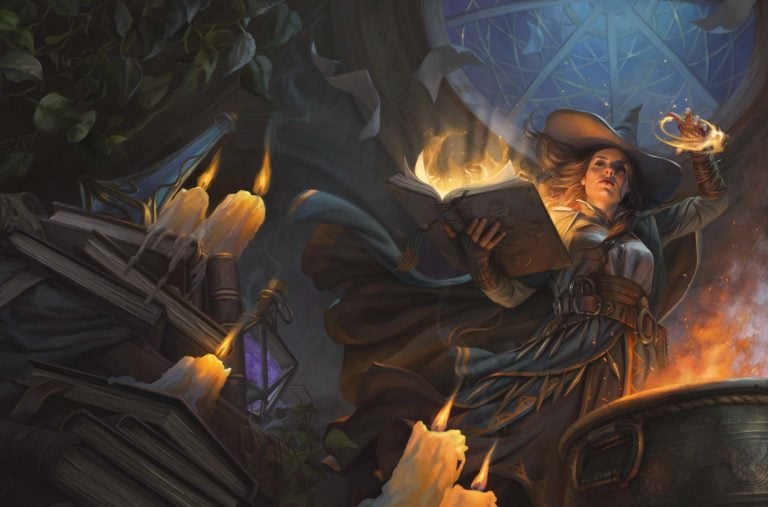Kobold Names Guide | Examples and Naming Conventions for 5E
One of the more complex species in Volo’s Guide to Monsters, Kobolds are the servants of D&D. Tiny lizards with a penchant for theft, Kobolds are colored in the way that their draconic overlords are. They’re crude, sneaky, and annoying. But, if you decide to become one with Volo’s, you’ll see a different side of the little tykes. Kobolds might not be the strongest race you can choose from, but boy are you walking into a new universe! Check out what some of them might be called with our Kobold Names Guide!
Kobold Names 5E Guide
Kobolds have the potential for some of the funniest names in D&D. Your potential for making a noise that “sounds” correct for a Kobold is massive, and using a random generator on it can be kind of a waste. If this is your first time actually making a Kobold, you might think their name has nothing to do with their culture. You’d be… a little wrong, and knowing a bit about Kobolds’ past might help with your backstory.

Culture and Naming Conventions
Kobolds are not clever. They are natural-born servants and one of the lowest level creatures available. But that doesn’t mean they’re stupid. They know their place under their dragons, and they are proud of their blood. They are in awe of their heritage, and worship dragons like gods. Kobolds know that, one day, their blood will be potent enough to become Sorcerers, and that pushes them to keep going. They get food, protection, and potentially treasure from their leaders, and that’s good enough for most Kobolds.
Magic is key to their dependence on dragons. Kobold sorcerers are natural leaders of tribes; partially due to the imprisonment of the God of Kobolds – Kurtulmark – making clergies hard to create.
Kobolds are fully understanding of their short lifespans, and thus are slightly less empathetic than other creatures. Death is commonplace amongst kobolds, so emotions come rather slowly. They also believe in nearly immediate reincarnation, so deaths are not mourned for very long.
Kobolds rarely venture aboveground; partly out of fear, partly because their eyes aren’t made for above-ground work. Kobolds caught aboveground occasionally form positive bonds with other humanoid tribes… but usually, they are right back to servant work, but now with the threat of death as their motivation.
For all these reasons, Kobold names are based on their lives. Kobolds don’t care about sex, because they can change sex when needed. Because they expect to die, names become almost as fluid as a river; Kobolds change their names, add to their names, or adapt part of their name based on specific events.
See Also: Kenku Names Guide
Examples of Kobold Names
Since Kobolds are so flexible, your Kobold’s name could be as short as “Ett” or as long as a full sentence. Kobold’s names are usually relative to a characteristic or a behavior of the creature. For example, you might learn how to make snares, and call yourself “Trapper” in Draconic. And then, later in life, you might have an egg, and call yourself “Trapper Parent” in Draconic.
Kobold Names
- Arix
- Eks
- Ett
- Galax
- Garu
- Hagnar
- Hox
- Kashak
- lrtos
- Meepo
- Molo
- Ohsoss
- Rotom
- Sagin
- Sik
- Sniv
- Taklak
- Tes
- Urak
- Varn
Kobolds may be the simple, little enemies you slap to the side on the way to a dragon. But, that simplicity makes its way into their culture in a really interesting way. If you’re making a Kobold, they make great Rogues and Rangers, thanks to their reliance on allies.






